What's The Difference Between IFAK, AFAK, MFAK First Aid Kits
In high-risk environments, tactical first aid kits like IFAKs, AFAKs, and MFAKs can mean the difference between life and death when seconds matter. You want to be prepared for any emergency, knowing you have the right kit to save lives in a split second.
Let’s discuss the critical differences between these life-saving kits so that you can make an informed decision on which one best suits your needs.
Questions covered in this article:
- What is an IFAK first aid kit?
- What is an AFAK first aid kit?
- What is an MFAK first aid kit?
- What does JFAK mean?
- What’s the difference between an IFAK, AFAK, and MFAK?
- How are tactical first aid kits different than normal first aid kits?
- What are the benefits of a tactical first aid kit?
- Who uses a tactical first aid kit?
- What’s inside a tactical first aid kit?
What is an IFAK: Individual First Aid Kit
What does IFAK mean? IFAK stands for Individual First Aid Kit, a compact emergency medical kit designed for treating trauma, such as gunshot wounds or severe bleeding, in high-risk situations.
These tactical kits are common in personal use, containing only essential items.
While wearing body armor is one of the best safety measures a person can take, having a small IFAK with you can enhance your emergency readiness.
Where To Put an IFAK on a Plate Carrier
An IFAK pouch should be easily accessible on your plate carrier, war belt, or backpack using Molle or Velcro attachments. Many professionals attach it to their War Belt Medical Kit for quick deployment.
Premier Body Armor's Medical/Admin/Assault Pounch (MAAP) is designed to attach to by velcro, metal G-hooks, or laser-cut MOLLE to body armor vests and plate carriers, and is perfect for carrying a variety of accessories. For more in-depth guidance on finding your ideal setup, check out our article on Plate Carrier Setup.
What is an AFAK: Advanced First Aid Kit
What does AFAK mean? AFAK stands for Advanced First Aid Kit, an expanded version of an IFAK with additional medical supplies to treat multiple injuries and sustain critical care for longer periods.
What is an MFAK: Multiple First Aid Kit
What does MFAK mean? MFAK stands for Multiple Injury First Aid Kit, designed for treating multiple casualties in high-risk scenarios. Unlike an IFAK or AFAK, the MFAK is best suited for combat medics or team-based tactical operations.
What is a JFAK: Joint First Aid Kit (A.K.A. The IFAK II)
What does JFAK mean? The JFAK, or Joint First Aid Kit, is a modernized IFAK II with additional supplies for trauma care. It features an improved modular design, extra tourniquets, and advanced wound management tools.
It weighs one pound and includes an additional tourniquet, chest seal, eye shield, Tactical Combat Casualty Care card, Sharpie pen, and strap cutter.
The JFAK was created in response to soldiers who requested a less cumbersome kit with additional tourniquets.
What's The Difference Between IFAK, AFAK, MFAK First Aid Kits?
The primary difference between an IFAK (Individual First Aid Kit), AFAK (Advanced First Aid Kit), and MFAK (Multiple First Aid Kit) is the level of medical capability and intended use.
| Category | IFAK | AFAK | MFAK |
|---|---|---|---|
| Used By | Yourself | Yourself / Others | Groups / Medics |
| Size | Very Compact | Small to Medium | Large |
| Location | On Your Body | Backpack | Backpack / Aid Station |
| # of Tourniquets | 1-2 | 2-5 | 10+ |
| # of Chest Seal Sets | 1 | 2+ | 5+ |
| # of Nasopharyngeal Airway Tubes | 0-1 | 1+ | 3+ |
| Trauma Dressing | 1 | 5+ | 20+ |
| Tactical Combat Casualty Care Cards | No | Maybe | Yes |
| Defibrillator | No | Maybe | Yes |
| Oxygen | No | No | Yes |
Each kit is tailored to specific medical needs and environments, making it essential to choose the right one based on your profession, activities, and level of risk.
How Are IFAKs, AFAKs, or MFAKs Different from Normal First Aid Kits?
Tactical first aid kits—IFAKs, AFAKs, and MFAKs—are designed for life-threatening trauma care in high-risk environments, whereas standard first aid kits focus on treating minor, everyday injuries. Here’s a closer look at the key differences:
| Factor | Tactical First Aid Kits (IFAK, AFAK, MFAK) | Standard First Aid Kits |
|---|---|---|
| Purpose | Immediate treatment for gunshot wounds, severe bleeding, and trauma in tactical environments. | Treats minor cuts, scrapes, burns, and non-life-threatening injuries. |
| Contents | Includes tourniquets, chest seals, hemostatic gauze, airway management tools, and trauma dressings. | Band-aids, antiseptic wipes, pain relievers, adhesive bandages, and cold packs. |
| Portability | Designed to be attached to plate carriers, war belts, or backpacks for rapid access. | Usually stored in a home, vehicle, or workplace, not optimized for quick deployment. |
| Durability | Made from rugged, weatherproof materials to withstand extreme conditions. | Less durable, typically made for indoor or controlled settings. |
Why Choose a Tactical First Aid Kit?
Life-Saving Capabilities: Equipped to handle severe trauma when professional medical help is delayed.
Designed for Emergencies: Ensures quick access to critical supplies in active shooter situations, combat environments, or disasters.
Essential for High-Risk Professions & Outdoor Survival: Used by military personnel, law enforcement, first responders, and shooting sports enthusiasts.
Standard first aid kits have their place for everyday injuries, but for serious trauma care, a tactical kit is non-negotiable.
Who Needs An IFAK or AFAK?
IFAKs and AFAKs are not just for military and law enforcement—they are essential for anyone who may encounter serious trauma. If you fall into any of the categories below, having a tactical first aid kit is a must:
- Law Enforcement & SWAT teams: Rapid response required for gunshot wounds, stabbings, and high-risk encounters before EMS arrives.
- Military personnel: Standard issue for soldiers, providing essential trauma care on and off the battlefield.
- First Responders (EMTs, Paramedics, Firefighters): Critical for providing life-saving care in delayed response scenarios.
- Security Professionals (Guards, Executive Protection): Ensures medical preparedness in high-risk public settings like concerts and venues.
- Outdoor Enthusiasts (Hunters, Hikers, Preppers): Essential for remote survival—can treat wounds, animal bites, and injuries when far from medical facilities.
- Shooting Sports Participants & Firearms Instructors: Accidental gunshot wounds or range injuries require immediate intervention.
Why You Should Have An IFAK or AFAK
Studies show that hemorrhage control kits, like IFAKs, reduce preventable deaths by 20% in active shooter incidents. In addition to this, there are several other advantages to having a small first aid kit:
- Life-saving potential: Tactical first aid kits have repeatedly proven to be one of the most effective ways to reduce the possibility of death or serious injury in a variety of scenarios. IFAKs and AFAKs contain the most important things to have when faced with life-threatening injuries in which a band-aid won’t cut it.
- Rapid response: In emergencies, every second counts. Having an IFAK or AFAK significantly reduces the time it takes to receive some form of medical attention. These kits are designed with speed and ease of use in mind so that no time is wasted.
- Portability: IFAKs and AFAKs are compact and easily carried. This allows you to have essential medical supplies on hand whether you're on the job, out in the wilderness, or at the range.
- Self-reliance: Possessing an IFAK or AFAK provides a sense of self-reliance and confidence in your ability to handle difficult situations.
- Versatility: While primarily intended for high-risk scenarios, IFAKs and AFAKs can be useful in everyday situations, such as car accidents, workplace injuries, or outdoor mishaps.
- Preparedness: Having an IFAK or AFAK on hand is an insurance policy protecting your safety and well-being, as well as the safety of those around you.
What is Inside an IFAK, AFAK, MFAK?
IFAKs, AFAKs, and MFAKs contain a varying range of medical supplies.
A typical IFAK checklist includes items like tourniquets, chest seals, and trauma dressings.
AFAKs and MFAKs contain additional supplies, such as nasopharyngeal airway tubes, tactical combat casualty care cards, and even defibrillators or oxygen in some cases.
All these supplies are housed within a durable first aid kit bag or pouch, making them easily accessible and portable.
IFAK Contents List
A standard military IFAK contents list includes the following trauma kit essentials:
- Tourniquet: A crucial item for controlling severe bleeding from extremities.
- Israeli Bandage: A versatile pressure dressing for managing moderate to severe bleeding.
- Gauze Roll: Sterile gauze for packing wounds or applying pressure to control bleeding.
- Nasopharyngeal Airway: A flexible tube for maintaining an open airway in unconscious patients.
- Ibuprofen: OTC painkiller
- Chest Seal: A specialized adhesive dressing for managing penetrating chest injuries.
- Emergency Trauma Dressing: A large, sterile bandage for managing major wounds and burns.
- Medical Tape: Adhesive tape for securing bandages and dressings.
- Nitrile Gloves: Disposable gloves for protecting both the caregiver and the patient.
- Trauma Shears: Heavy-duty scissors for cutting clothing and other materials.
- CPR Face Shield: A compact, disposable barrier for performing CPR.
- Sharpie Marker: For marking tourniquet application time and other essential information.
This military IFAK contents list should give you a good general idea of what to expect in a typical trauma kit.
- Size: The Individual First Aid Kit (IFAK) is the most compact of the three. This kit is designed to be attached to a plate carrier or chest rig. For help deciding which setup is best for you, read our Chest Rig vs Plate Carrier article.
- Contents: The contents of each first aid kit are tailored to suit their intended purpose. The IFAK is focused on treating injuries related to firearms, such as bullet wounds. It contains essential items for addressing life-threatening situations quickly and effectively.
- Usage: The IFAK is meant for personal use, typically carried by someone in a high-risk profession or participating in shooting sports.
AFAK Contents List
An AFAK builds upon an IFAK with additional medical tools for extended trauma care, including:
- QuikClot Combat Gauze: Hemostatic gauze for rapidly stopping bleeding from severe injuries.
- Nasopharyngeal Airway: A flexible tube to maintain an open airway in unconscious patients.
- HyFin Vent Chest Seal: A twin-pack vented chest seal for treating penetrating chest injuries.
- Burn Dressing: A specialized dressing for covering and treating burn injuries.
- Splint or SAM Splint: A flexible or rigid support for immobilizing injured limbs.
- Triangular Bandage: A versatile bandage for creating slings, immobilizing limbs, or applying pressure to wounds.
- Oral Rehydration Salts: Electrolyte powder for treating dehydration and heat-related illnesses.
- Instant Cold Pack: A single-use cold pack for reducing swelling and pain.
- Tweezers: For removing splinters, ticks, and other foreign objects.
- Safety Pins: For securing bandages, slings, or clothing.
- Antibiotic Ointment: For preventing infection in minor wounds, cuts, and abrasions.
The AFAK is designed to provide essential lifesaving supplies in high-stress situations, giving first responders the tools they need to act quickly and effectively.
- Size: The Advanced First Aid Kit (AFAK) is slightly larger and is usually carried in a backpack, best for those who require a broader range of medical supplies.
- Contents: The AFAK is an upgrade from the IFAK, providing additional medical supplies and tools that can be used to quickly treat yourself as well as others who are in need of medical attention. It also may include more advanced items that may not be included in the IFAK, such as a nasopharyngeal airway tube.
- Usage: The AFAK is versatile and capable of treating both the carrier and others, often used by law enforcement officers who may need to provide first-aid to someone around them.
MFAK Contents List
Designed as part of a combat medic equipment list, an MFAK includes a higher volume of medical supplies for multiple casualties:
- Larger quantities of the basic items found in an IFAK and AFAK (gauze, bandages, adhesive bandages, antiseptic wipes, gloves, etc.).
- Airway management tools, such as additional nasopharyngeal airways, oropharyngeal airways, and bag-valve masks.
- More advanced bleeding control supplies, like hemostatic dressings.
- Intravenous (IV) therapy supplies, including IV cannulas, catheters, and fluid bags.
- Additional medications, such as EpiPens for severe allergic reactions, aspirin for heart attack symptoms, and glucose gel for low blood sugar.
- A wider range of tools, like a stethoscope, blood pressure cuff, and diagnostic penlight.
The goal of the MFAK is to ensure medical professionals have everything they can to save lives in high-risk environments. Because of this, less attention is paid to the portability and cost of the kit.
- Size: The MFAK largest of the three types of kits, but is usually carried alone as a backpack or stored at an aid station.
- Contents: The MFAK contains the most extensive range of medical supplies. It typically contains everything the AFAK contains but in much higher quantities.
- Usage: The MFAK is specifically designed for group settings or larger-scale incidents, catering to the needs of multiple individuals. This kit is usually stored in a first aid station but can be carried in a backpack.
Finding the Right First Aid Kit
Accidents and injuries happen all the time in high-risk situations. These tactical first aid kits are specifically designed to address life-threatening emergencies and can make a significant difference in saving lives.
For a first aid kit tailored toward treating bullet wounds, we created the Bleed Control Kit. The average bleed-out time is 2-5 minutes. This kit is designed with everything you need to stop the bleeding and extend the amount of time a person has, giving first responders adequate time to arrive on the scene.
Equip yourself with the knowledge and tools necessary to handle life's most challenging moments. Having a small med kit is an easy step to take to invest in the safety and well-being of yourself and others.

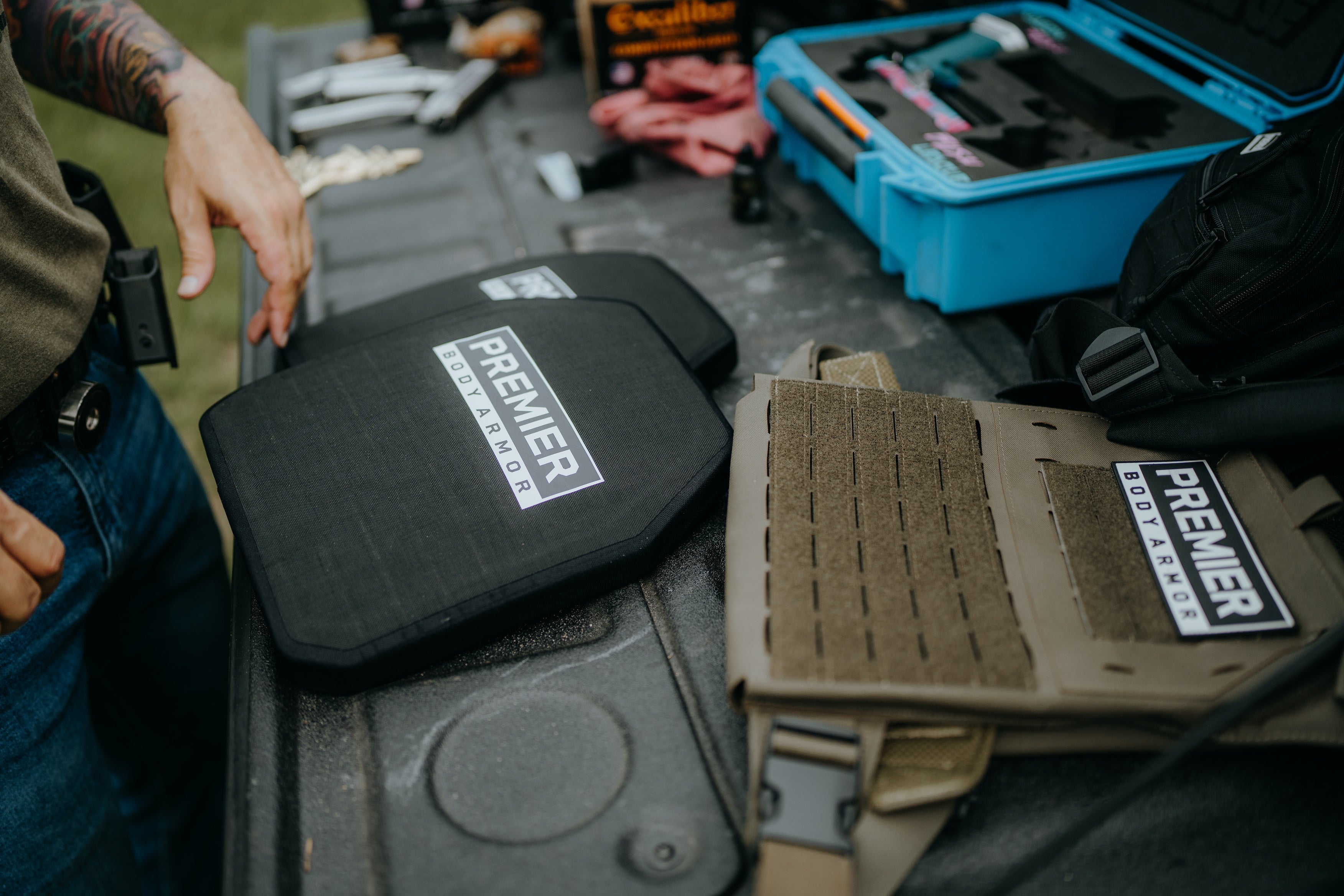
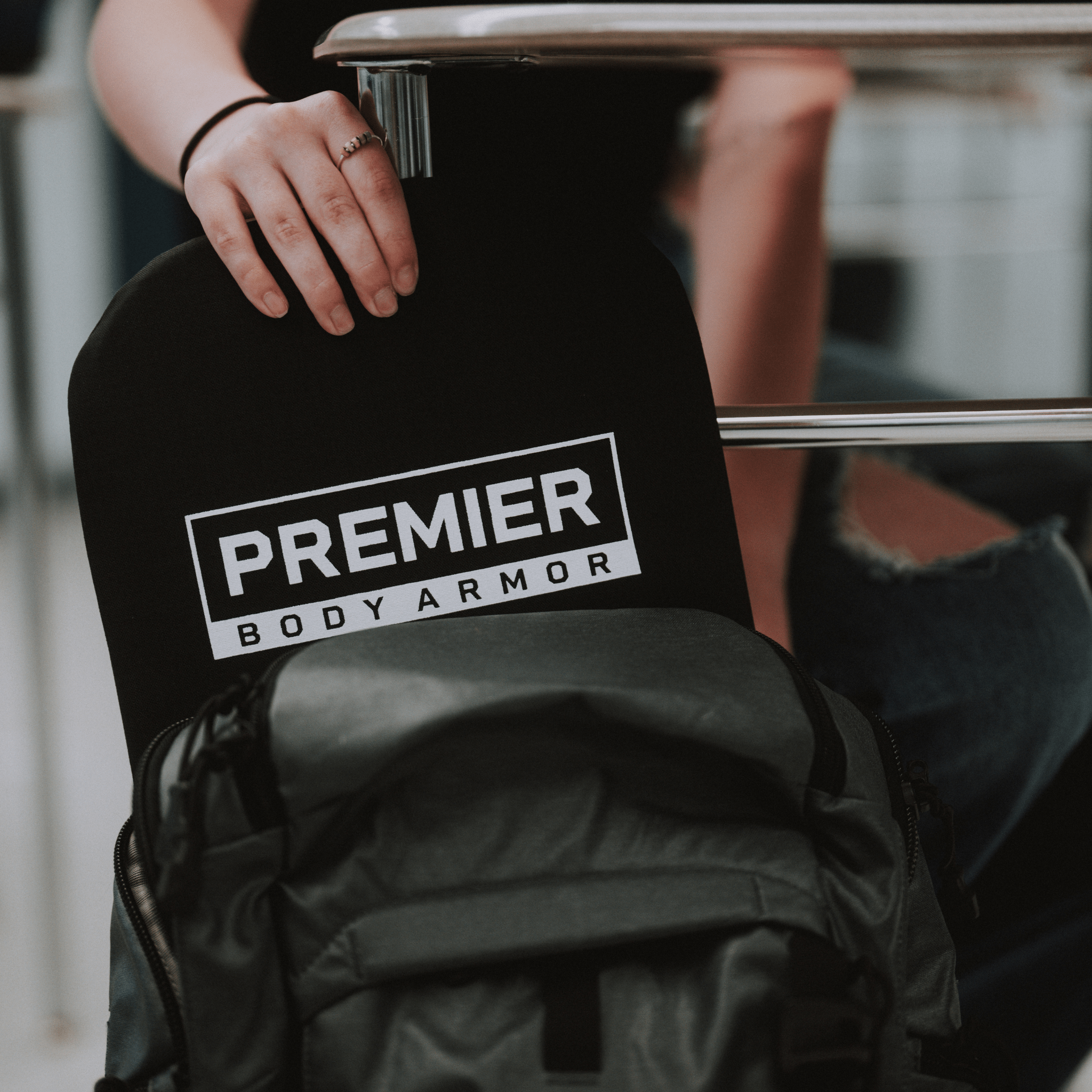
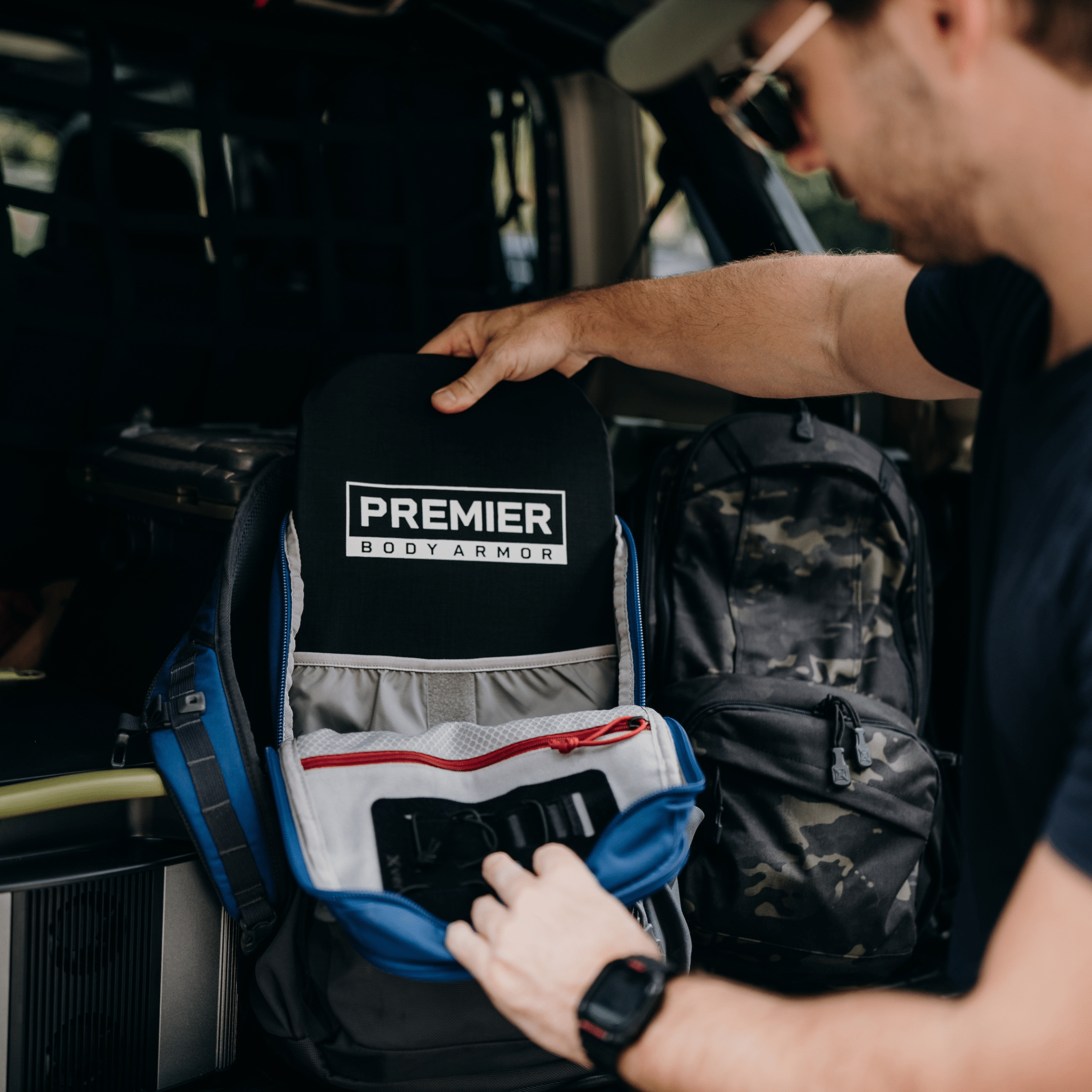
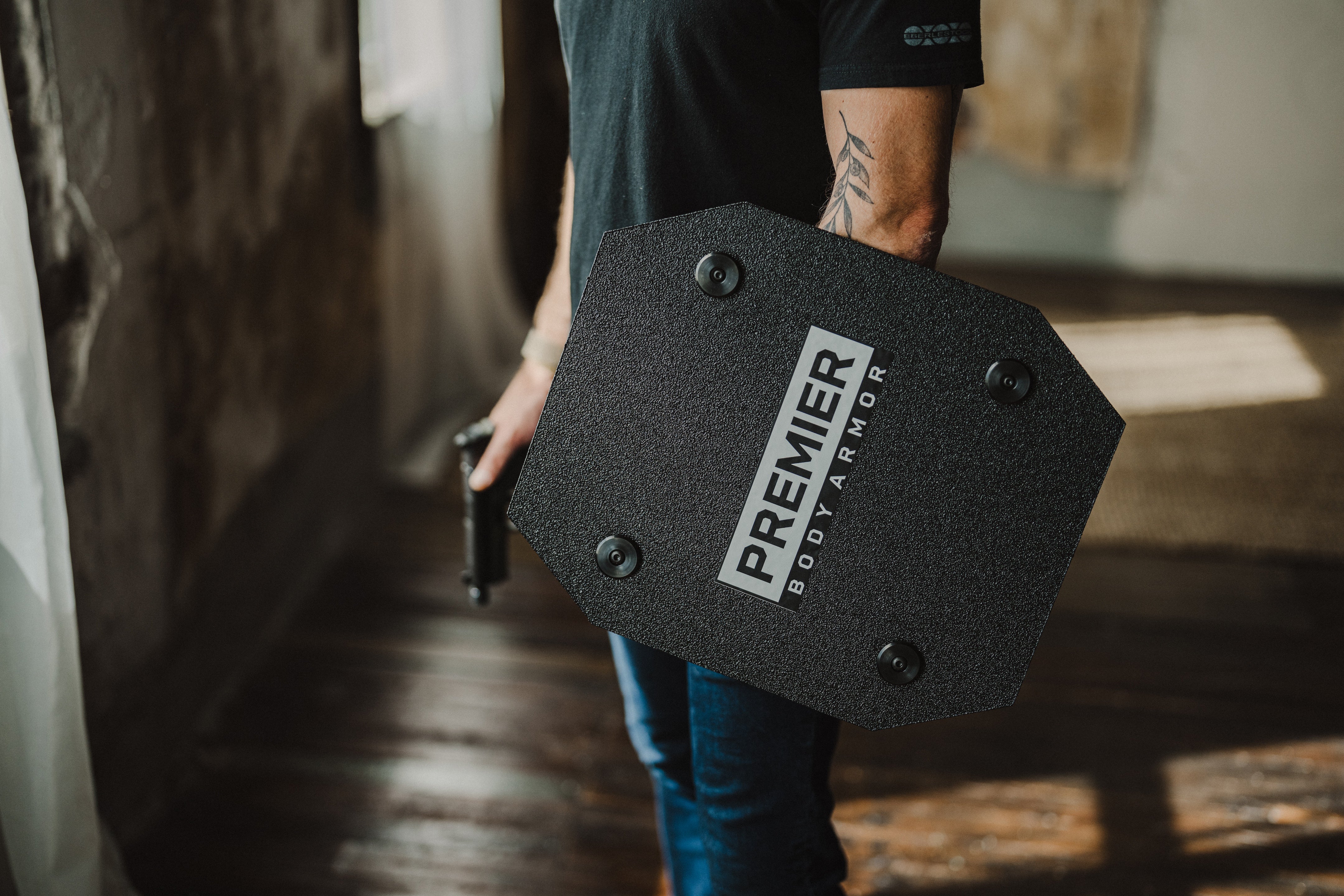




Leave a comment